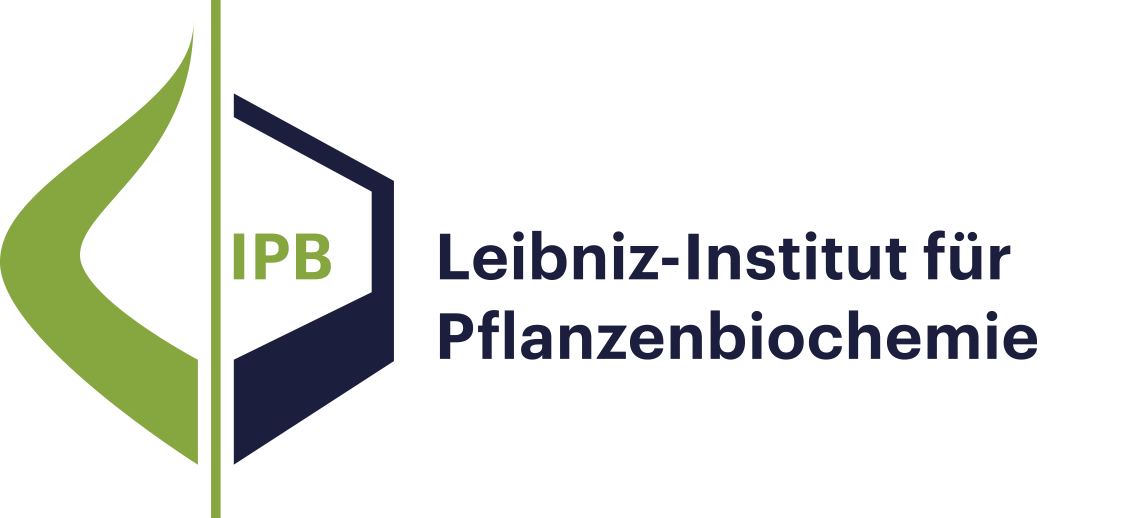Publikationen Program Center MetaCom
- Results as:
- Print view
- Endnote (RIS)
- BibTeX
- Table: CSV | HTML
Publications
Publications
Publications
Diese Seite wurde zuletzt am 03 Sep 2024 geändert.
Research Mission and Profile
Molecular Signal Processing
Bioorganic Chemistry
Biochemistry of Plant Interactions
Cell and Metabolic Biology
Independent Junior Research Groups
Program Center MetaCom
Publications
Good Scientific Practice
Research Funding
Networks and Collaborative Projects
Symposia and Colloquia
Alumni Research Groups
Publikationen
Publikationen Program Center MetaCom
Publications
Plants have evolved complex mechanisms to adapt to nutrient-deficient environments, including stimulating lateral root proliferation into local soil patches with high nutrient content in response to heterogeneous nutrient distribution. Despite the widespread occurrence of this phenomenon in soil, the effect of heterogeneous nutrient distribution on the accumulation of secondary compounds in plant biomass and their exudation by roots remains largely unknown. This study aims to fill this critical knowledge gap by investigating how deficiency and unequal distributions of nitrogen (N), phosphorus (P), and iron (Fe) affect plant growth and accumulation of the antimalarial drug artemisinin (AN) in leaves and roots of Artemisia annua, as well as AN exudation by roots. Heterogeneous N and P supplies strongly increased root exudation of AN in half of a split-root system exposed to nutrient deficiency. By contrast, exposure to a homogeneous nitrate and phosphate deficiency did not modulate root exudation of AN. This indicates that a combination of local and systemic signals, reflecting low and high nutritional statuses, respectively, were required to enhance AN exudation. This exudation response was independent of the regulation of root hair formation, which was predominantly modulated by the local signal. In contrast to the heterogeneous supply of N and P, heterogeneous Fe supply did not modulate AN root exudation but increased AN accumulation in locally Fe-deficient roots. No modulation of nutrient supply significantly changed the accumulation of AN in A. annua leaves. The impact of a heterogeneous nitrate supply on growth and phytochemical composition was also investigated in Hypericum perforatum plants. Unlike in A. annue, the uneven N supply did not significantly influence the exudation of secondary compounds in the roots of H. perforatum. However, it did enhance the accumulation of several biologically active compounds, such as hypericin, catechin, and rutin isomers, in the leaves of H. perforatum. We propose that the capacity of plants to induce the accumulation and/or differential exudation of secondary compounds under heterogeneous nutrient supply is both species- and compound-specific. The ability to differentially exude AN may contribute to A. annua’s adaptation to nutrient disturbances and modulate allelopathic and symbiotic interactions in the rhizosphere.
Publications
The importance of improving the FAIRness (findability, accessibility, interoperability, reusability) of research data is undeniable, especially in the face of large, complex datasets currently being produced by omics technologies. Facilitating the integration of a dataset with other types of data increases the likelihood of reuse, and the potential of answering novel research questions. Ontologies are a useful tool for semantically tagging datasets as adding relevant metadata increases the understanding of how data was produced and increases its interoperability. Ontologies provide concepts for a particular domain as well as the relationships between concepts. By tagging data with ontology terms, data becomes both human- and machine- interpretable, allowing for increased reuse and interoperability. However, the task of identifying ontologies relevant to a particular research domain or technology is challenging, especially within the diverse realm of fundamental plant research. In this review, we outline the ontologies most relevant to the fundamental plant sciences and how they can be used to annotate data related to plant-specific experiments within metadata frameworks, such as Investigation-Study-Assay (ISA). We also outline repositories and platforms most useful for identifying applicable ontologies or finding ontology terms.
Publications
A delicate balance in cellular signaling is required for plants to respond to microorganisms or to changes in their environment. Mitogen-activated protein kinase (MAPK) cascades are one of the signaling modules that mediate transduction of extracellular microbial signals into appropriate cellular responses. Here, we employ a transgenic system that simulates activation of two pathogen/stress-responsive MAPKs to study release of metabolites and proteins into root exudates. The premise is based on our previous proteomics study that suggests upregulation of secretory processes in this transgenic system. An advantage of this experimental set-up is the direct focus on MAPK-regulated processes without the confounding complications of other signaling pathways activated by exposure to microbes or microbial molecules. Using non-targeted metabolomics and proteomics studies, we show that MAPK activation can indeed drive the appearance of dipeptides, defense-related metabolites and proteins in root apoplastic fluid. However, the relative levels of other compounds in the exudates were decreased. This points to a bidirectional control of metabolite and protein release into the apoplast. The putative roles for some of the identified apoplastic metabolites and proteins are discussed with respect to possible antimicrobial/defense or allelopathic properties. Overall, our findings demonstrate that sustained activation of MAPKs alters the composition of apoplastic root metabolites and proteins, presumably to influence the plant-microbe interactions in the rhizosphere. The reported metabolomics and proteomics data are available via Metabolights (Identifier: MTBLS441) and ProteomeXchange (Identifier: PXD006328), respectively.
Diese Seite wurde zuletzt am 03 Sep 2024 geändert.

